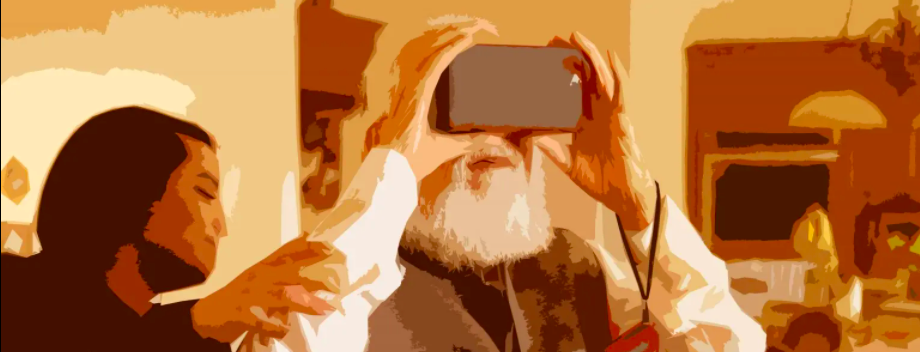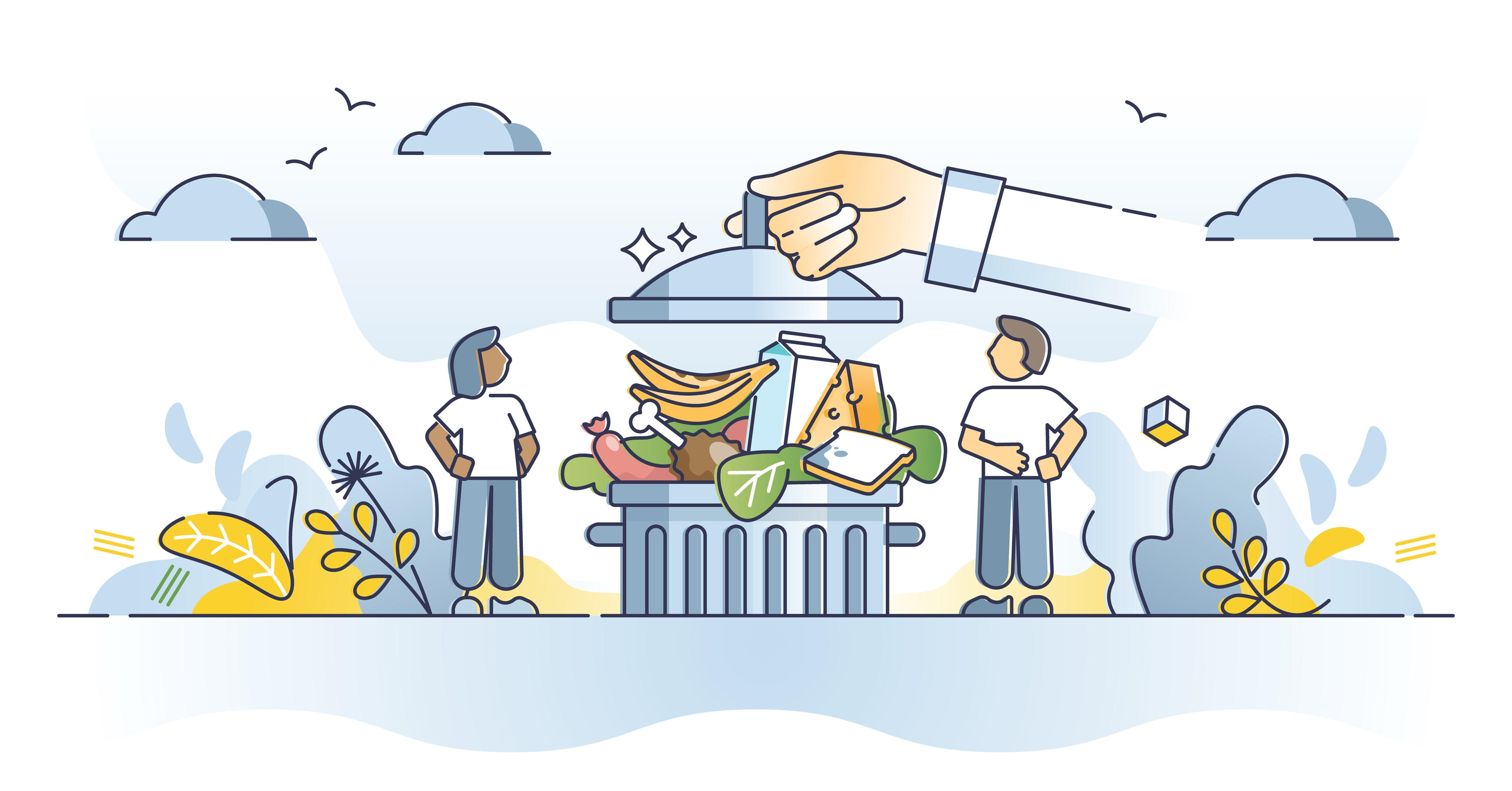Throughout time, successive generations have been told the stories of pivotal moments in history, whether through books, movies or directly from those who have lived through these periods. The experiences of the survivors of war and partition have been preserved for us to reflect back on and learn about. But what about the current state of homelands that were left behind? Those who were forced to flee across borders seldom have the opportunity to revisit these places and cannot imagine what they look like today. We are now on the cusp of losing the generation that lived through the Partition of the British Empire in 1947. This is their last chance to reconnect and retrace their steps and for future generations to see where their grandparents and great grandparents came from. New initiatives and technologies are now making this possible.
We are now on the cusp of losing the generation that lived through the Partition of the British Empire in 1947.
Project Dastaan was started when co-founders Sparsh Ahuja and Ameena Malak, were telling each other stories of their grandparents who lived through the partition of British India. They realised that their grandparents had ‘identical journeys’ as well as a common desire to revisit their old homes. However, war between the regions and old age, made it too difficult to do so. Additionally, due to the conflict and tensions that exist to this day between India, Pakistan, and Bangladesh, it is near impossible to travel across the borders, and getting a visa is fraught with red tape Along with their friends Saadia Gardezi and Sam Dalrymple (son of acclaimed historian William Dalrymple), they set up Project Dastaan, a ‘peace-building’ initiative, made possible through virtual reality (VR), with the mission to work towards ‘mutual understanding’ between India and Pakistan. The founders focus on global migration through the lens of the Partition of 1947, which is the largest instance of migration and displacement to date. The Project aims to overcome manmade barriers and make it possible for migrants, who left British India and moved between what is now the subcontinent, to ‘visit’ their old homes. Simultaneously, younger generations can understand and witness the experiences their grandparents lived through. This can be done in a number of ways that include virtual reality, video calls or even physically returning if possible. Project Dastaan has numerous initiatives. Their Social Impact Program reconnects 30 survivors with their homes and allows them to view their old cities through a personalised ‘360VR experience.’ Child of Empire’ is an interactive ‘VR documentary’ that is built on Oculus Quest (a virtual reality headset) and puts viewers in the place of a migrant at the time of Partition. ‘Lost Migrations’ is a ‘three-part animated series’ which showcases stories of partition through the eyes of the colonised. Lastly, ‘Where the Birds Live’ is a short film that documents the journey of Ehsan Siddiqui from Karachi, Pakistan to his home in Sherkot, India. The Project Dastaan team capture these experiences by interviewing witnesses, tracking locations, and then filming.
The value this could add to enriching the experiences of the children and grandchildren of migrants and helping them better understand what the elder generations lived through is undeniable. Erly Stage founder, Farid Haque recalls traveling to his ancestral home in Dehli, India, and visiting the former home of his late grandmother. Whilst Farid was navigating along the busy streets of Dehli, he was also on the phone with his grandmother, who was giving him directions to her old home. Farid remembers how, when speaking to his grandmother, she remembered details down to the name of the alley that the house was on (Uchak Ustaad Daag) and the Gurdwara by Chandni Chowk, which served as a landmark to guide visitors to the home. Connecting his experience to what Project Dastaan makes possible, Farid states that this project would be a great way to allow the survivors of Partition to virtually revisit their home and document their own experience of Partitions.
Project Dastaan has garnered acclaim from several prominent figures across the subcontinent, such as writer Mohsin Hamid and Malala Yousafzai, with the latter stating that the initiative ‘sheds light on an important part of Indian, Pakistani and Bangladeshi history.’ The project also has an educational and cultural outreach. The Project was invited to the British Parliament to discuss how VR be used in the UK national curriculum. The Project Dastaan team are also founding members of the NPCC, a network of academics, activists, and museum professionals with the aim to represent South Asian heritage in the UK.
There is no doubt that such an initiative is vital in preserving the memories of partition and a way to connect those who lived through this period is a great step. This begs the question; Where does this go from here? Will we begin to see companies or initiatives bringing personal experiences to people who live across borders. For instance, can we ow hire someone on demand to give us a tour of their city virtually? Initiatives like Project Dastaan are key in keeping alive the memories of those who lived through life-changing moments and reconnect them with their homelands, without being restricted by borders.



